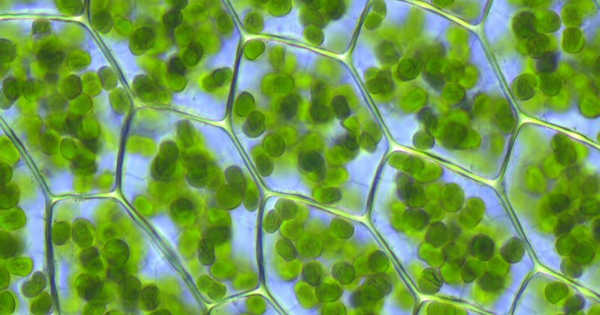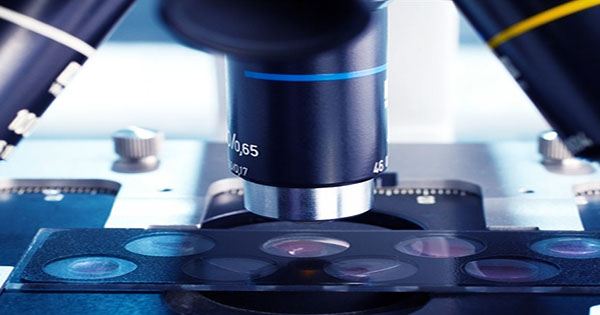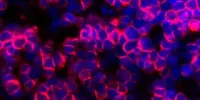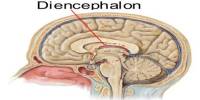Cell-like structures termed as “cell mimics” have been developed that can perform a variety of functions previously only available to biological cells. They might be utilized as delivery vehicles — transporting pharmaceuticals to where they need to go in the body – and to clean up pollution, despite their inability to multiply.
Our cells, like single-celled creatures, have the ability to suck molecules in or pump them out. They would be useless without it, dying quickly from a lack of energy and nutrients. On the other hand, if they are overly exposed to their surroundings, they will be at the mercy of everything.
Long-term investigations on artificial cells have replicated several properties of biological cells, but they haven’t been able to trap molecules when working against a concentration gradient. Dr. Stefano Sacanna of New York University and co-authors report in Nature that this is no longer the case, as they have built cell mimics that can attain this important feature when activated by light or variations in acidity.

In a statement, Savanna said, “At the heart of the cell-like structure’s design is the synergy between an active element that drives it from the inside and the physical limits imposed by the cell walls, allowing them to ingest, digest, and expel foreign materials.”
Active transport is the ability to move molecules from a low concentration site to a higher concentration site. Cells can’t take in what they require from the outside or expel garbage that would hurt them if they didn’t have it. Savanna’s team has brought this to their mimic cells. The authors claim to have placed artificial cells in water and used light to turn them on. The cells absorbed particles from their surroundings, paving the way for ecosystem cleanup. “Think of the cell mimics as a PAC-MAN game—they run around-consuming toxins and remove them from the environment,” Sacanna explained.
The researchers revealed that their creations can absorb not just pollutants that humans dump into the water system, but also living cells like E. coli. The process can also be reversed, with the mimic cells carrying a payload that they can release when the right signal is supplied. This could make them ideal transporters inside the bloodstream, allowing chemotherapy to be delivered directly to tumors without affecting other organs.
According to the researchers, they “borrowed no components from biology.” They didn’t use complicated machinery; instead, they added molecules to oil droplets to create spherical hollow colloids that inflate around water droplets under the appropriate conditions.
















